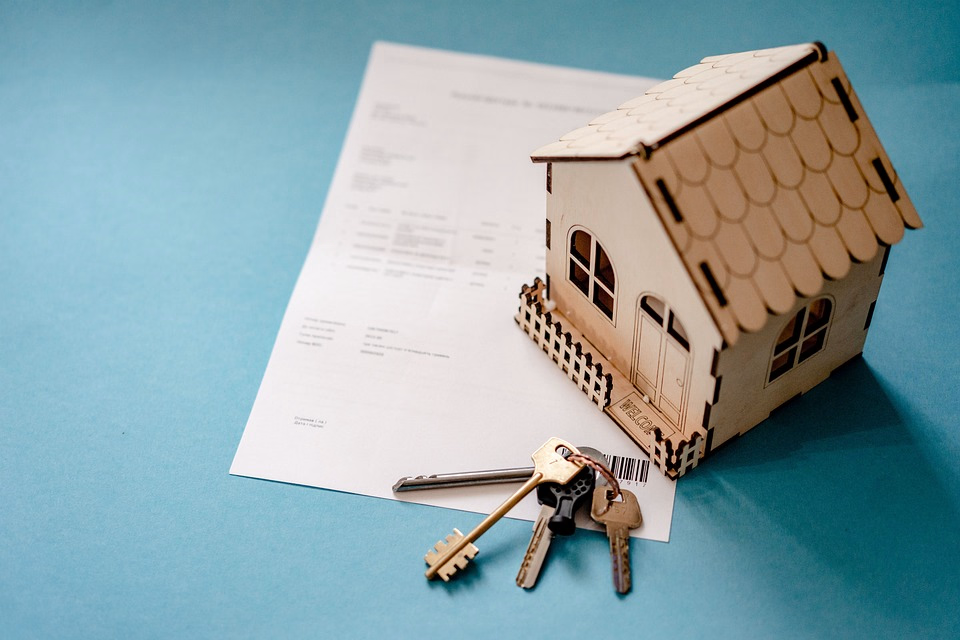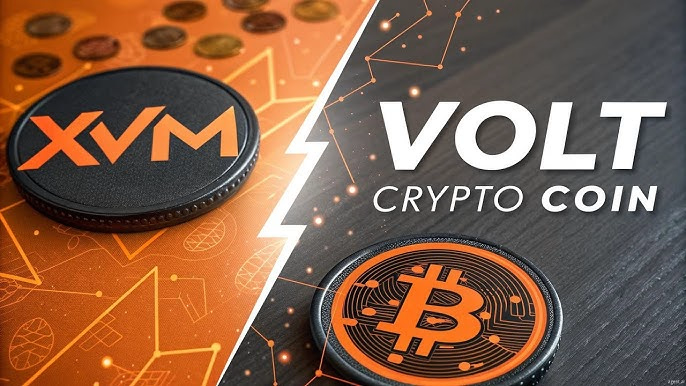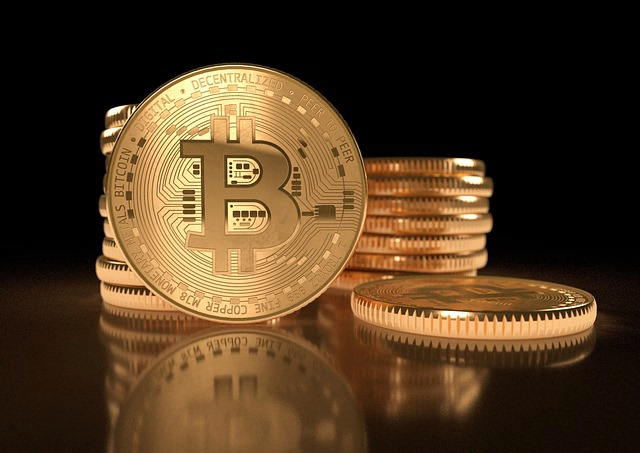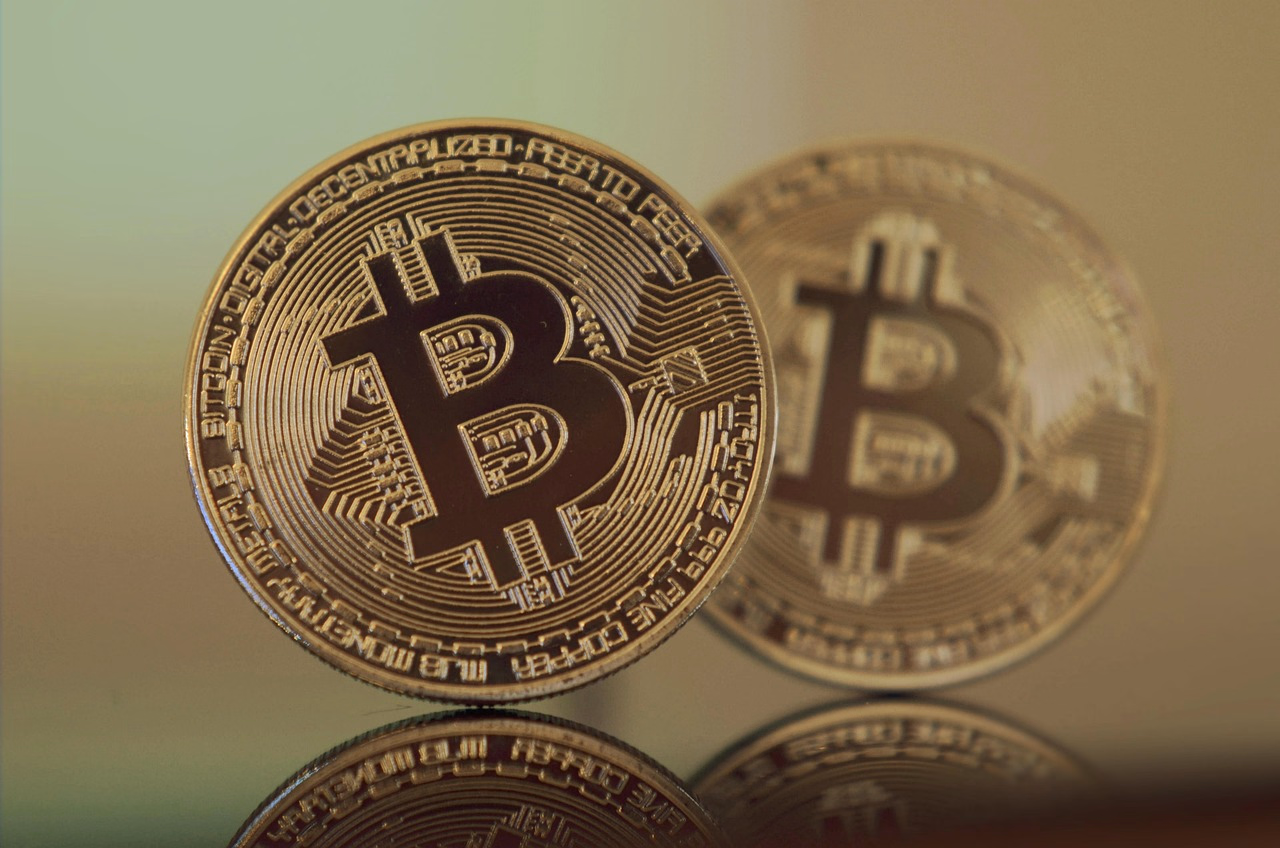How Blockchain Technology Works: A Beginner's Guide
Blockchain has become one of the most talked-about technologies in recent years. You hear about it in finance, business, healthcare, and even in conversations about art. Some see it as the backbone of cryptocurrencies, while others believe it will transform how we share and protect information.
The challenge is that most explanations feel overly technical. Many people give up before they actually understand what blockchain means. That confusion makes it seem far more complicated than it really is.
Here's the simple truth: blockchain is not as hard as it sounds. In this article, you'll get a clear, easy-to-follow explanation of blockchain technology in plain English. By the end, you'll know what it is, how it works, why it matters, and where it's already being used today.
What is Blockchain?
Let's start with the basics. Blockchain is a way of storing and sharing information that no single person controls. Instead of keeping records in one place, like a bank or government database, the data lives across a network of computers. Every participant can see and check the records, which makes them very hard to fake or destroy.
Think of it as a chain of digital receipts. Each receipt is a "block" of data. When one block is filled, a new block links to it. That's why people call it a "blockchain." Once a block is added to the chain, its information cannot be changed.
Imagine you and your friends keep a notebook where every expense is recorded. The notebook moves around so nobody can cheat. If someone tries to erase or change an old page, everyone else notices immediately. Blockchain works similarly, except the notebook is digital and global.
This system cuts out the need for middlemen. You don't have to trust a single company because the trust comes from the network itself. That alone makes blockchain different from traditional databases.
How Blockchain Technology Works
Understanding the "how" behind blockchain helps remove the mystery. Let's go through it step by step.
- A transaction starts. Someone sends money, signs a contract, or shares data.
- The transaction is grouped with others in a "block."
- Computers in the network (called nodes) race to verify the block. This process is called validation.
- Once approved, the block is locked with a digital signature.
- The block connects to the earlier one, creating a chain.
No shortcuts work here. Every block must link to the previous one, which means data is locked tightly. If anyone tries to alter a block, the entire chain breaks. That makes cheating nearly impossible.
The process may sound slow, but technology has made it faster. Different blockchains use different methods to approve blocks. Bitcoin uses "proof of work" where computers solve complex puzzles. Other chains use "proof of stake," where participants put up tokens as a guarantee.
Both methods achieve the same goal: secure the data and keep the network honest. What makes blockchain powerful is this built-in trust. You don't have to rely on one authority because the system guards against fraud.
Key Features That Make Blockchain Unique
So what makes blockchain stand out from normal databases? Several traits set it apart.
First, blockchain is transparent. Everyone in the network can see transactions, even though personal details stay private. That balance between openness and privacy is rare.
Second, it's permanent. Once data is locked in a block, it can't be changed without altering every block after it. That's practically impossible. This permanence builds trust.
Third, blockchain is decentralized. There's no single point of failure. If one computer crashes, the chain continues on the others. Unlike a traditional server that can be hacked or shut down, blockchain resists disruptions.
Finally, security is built into the design. Each block uses cryptography, which scrambles data into secure codes. Breaking those codes would take more computing power than all major supercomputers combined.
Compare this to the old systems you know. Banks keep ledgers, but you never see their full accounts. Companies store your data, but can also lose it in a breach. Blockchain flips this model with open validation and public checks. The result is greater trust and less dependency on a single player.
What Is Blockchain Used For Today?
Blockchain is not just about Bitcoin. Real-world use cases keep expanding, and many industries are experimenting with it because of its ability to add trust and transparency.
1. Blockchain in Finance and Banking
Banks were among the first to notice blockchain. Transactions that normally take days now happen in minutes. International money transfers get faster and cheaper. Fraud prevention has improved because every movement of money leaves an unchangeable record.
2. Blockchain for Cryptocurrencies Like Bitcoin and Ethereum
The most well-known use remains cryptocurrency. Bitcoin was the first proof-of-concept. Ethereum took it further by adding smart contracts, which automatically carry out agreements without lawyers or banks. Both continue to shape how people think about money and ownership.
3. Blockchain in Supply Chain and Logistics
Tracking goods has always been messy. Blockchain adds clarity. Companies now log every step of a product's journey on a chain. From factory to port to store, the record is visible to all. This helps reduce theft, fake goods, and mistakes.
4. Blockchain in Healthcare and Data Security
In healthcare, patient data needs both security and easy sharing across doctors. Blockchain offers precisely that. A patient's history goes into blocks that only authorized people can unlock. No hospital can secretly change a record. Patients gain more control, while costs and risks fall.
The list is growing. Governments test voting systems on blockchain. Artists use it for digital ownership of music and art. Even real estate deals are experimenting with faster contract signing. Each new case shows blockchain as more than hype, it has practical value.
The Benefits of Blockchain Technology
Why are so many industries testing blockchain? The answer is in the benefits. One huge benefit is cost savings. By removing middlemen, companies cut fees and speed up processes. Sending money or sharing a contract requires fewer extra steps.
Another key benefit is trust. People don't have to blindly trust one company. Instead, they can trust the network because all information is shared. That matters in finance, law, healthcare, and even voting.
Security also stands out. With blocks locked by cryptography, hackers face a nearly impossible task. Stealing or altering data becomes too expensive for most criminals to even attempt.
Speed is also a factor. While older systems might need a bank or office worker to stamp approvals, blockchain updates across the entire network in minutes. Global businesses find this speed especially attractive.
Perhaps the most human benefit is fairness. Blockchain gives everyone an equal chance to check and verify the truth. Whether you are in New York or Nairobi, you see the same chain. That kind of openness creates new levels of opportunity.
Challenges and Limitations of Blockchain Systems
No technology is perfect. Blockchain also faces real challenges that slow adoption.
Energy use is one concern. Proof of work, used by Bitcoin, consumes a lot of power. Critics argue this hurts the environment. New methods like proof of stake use far less, but adoption takes time.
Another hurdle is scalability. Current blockchains handle fewer transactions per second than credit card networks. As demand grows, systems will need upgrades to handle the high volume. The costs of starting blockchain projects are still high. Businesses often hesitate because switching from old systems requires training and investment, and not every company is ready to make that leap.
Law and regulation add tension as well. Governments want to control fraud and crime, but too much oversight could slow progress. Finding the right balance between safety and innovation is tricky.
Finally, not all blockchains are equal. Some promise speed but weaken security. Others focus on privacy but block outside verification. Picking the right design remains a challenge. These hurdles don't mean blockchain will fail. They show it's still developing. Like the early days of the internet, problems exist now, but solutions keep improving every year.
The Future of Blockchain Beyond Cryptocurrency
Blockchain's story is just beginning. While crypto made it famous, its future spreads much wider. Experts predict that supply chains, healthcare, and government services will adopt blockchain more deeply. Elections may one day get recorded on blockchains, giving citizens new certainty that votes are counted correctly.
Digital identity is another promising area. Imagine owning one secure ID that works for banking, travel, and social media, without giving all your data to big companies. That's what some blockchain projects aim for.
Investments are shifting too. People no longer see blockchain as a passing trend. Major tech firms and governments are funding research. The promise of faster, fairer, and more secure systems is too powerful to ignore.
The future isn't about blockchain replacing everything. It's about blending with other tools. Artificial intelligence, cloud computing, and blockchain together are creating smarter, safer networks. What started as the backbone for Bitcoin is becoming a foundation for trust in many parts of daily life.
Key Takeaways
- Blockchain is like a secure digital notebook shared across a global network.
- It stores information in blocks that connect, making records nearly impossible to change.
- Transparency, permanence, and decentralization make blockchain unique compared to traditional databases.
- Real-world uses span finance, healthcare, supply chains, and even digital art.
- Benefits include cost savings, speed, security, and fairness, while challenges include energy use, scalability, and regulation.
- Blockchain is not limited to cryptocurrencies; its future use cases are much broader.
Conclusion
Now you know what blockchain technology is in plain English. It's not a scary puzzle. It's a secure, transparent, and fair way of keeping records. From money transfers to medical files, blockchain offers speed, trust, and safety.
The technology is not perfect yet, but the progress is real. Every year, more industries find practical ways to use it. Whether you're curious about Bitcoin, interested in how supply chains work, or just want to understand the buzz, blockchain is worth paying attention to.
The next time someone talks about it, you'll know the facts. When blockchain enters your life through banking, healthcare, or voting, you'll see why it matters. Trust, fairness, and control are at the heart of blockchain. That's why this technology keeps gaining momentum and why it just might reshape how we live and share information in the years ahead.
Frequently Asked Questions About Blockchain Technology
Is blockchain safe to use?
Yes, when built well, it's very secure. Hacking the network would require massive computing power.
Do I need to learn coding to use blockchain?
No, most users interact through apps or wallets. Developers handle the code.
Is blockchain only for money?
Not at all. It's now used for supply chains, medical records, contracts, voting, and art.
Will blockchain replace banks?
Blockchain will not fully replace banks, but it will change how they work. Many banks have already adopted blockchain features.
Can anyone see my personal data on blockchain?
No, people see transactions without personal details. Privacy is protected through encryption.






